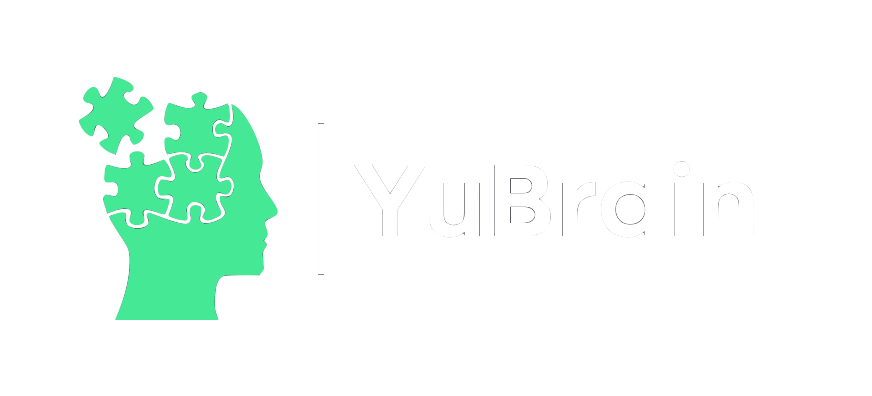They can also be:
Direct speech acts : where the intention is clearly expressed. The speaker emits a concrete and direct message. In these speech acts the locutionary and illocutionary aspects coincide. For example: “Can I borrow your pencil?” Other examples of direct speech acts are:
1.
– I’m hungry, can you buy me a bit of your sandwich?
– Yes, here, I have another one.
2.
– Could you help me with this task? I don’t understand this topic.
Wait, I’ll go look for the notes.
3.
– You can call me later? I’m busy now.
– Sure, I’ll call you later.
Indirect speech acts : where the intention is different from what is expressed. The speaker seeks to be understood through an indirect message. Here the locutionary and illocutionary aspects do not coincide. The most common examples of these speech acts are sarcastic comments or polite words that we say to soften a command or request.
1. How hot!
I’ll turn on the air conditioning.
2.
I think I won’t be able to go to work today.
– Do you want me to pick you up?
3.
– The dog is always inside the house.
“Okay, I’ll take him for a walk today.
Sources
- Searle, J. Speech Acts . (2017). Spain. Chair Editions.
- BIND. What are speech acts and why are they important in teaching a language? The University on the Internet. Available here .
- CVC. speech act . Available here .
- Mexican Journal of Political and Social Sciences. (2019, vol.64 no.235). The theory of speech acts and its sociological relevance. Available here .
- AAU. (2021, November 17) What are the locutionary, illocutionary and perlocutionary speech acts? Available here .



